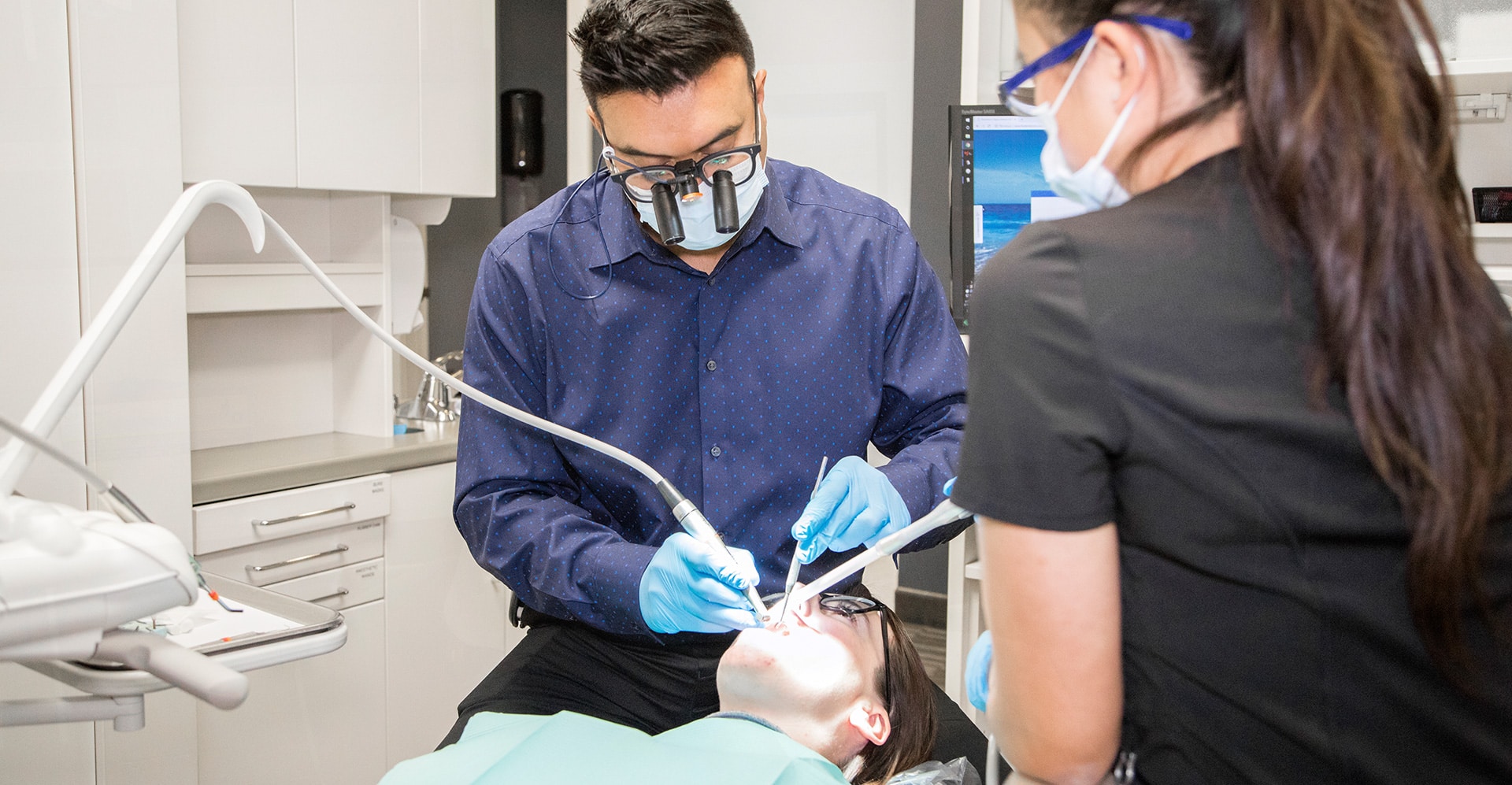
The following are reasons why brushing and flossing are essential:
In order to keep your teeth healthy, you should brush your teeth at least twice a day; ideally in the morning and before going to sleep. Ideally, a toothbrush should be small in size, with soft, rounded-end bristles, and it should not be older than three months at the time of purchase. A good brush needs to have a small enough head so that it can reach all areas of the mouth, and it should have soft enough bristles so that the tissue around the gums will not be damaged in any way. According to the Canadian Dental Association, rotating or oscillating toothbrushes are more effective than other types of toothbrushes because of the rotating or oscillating heads that they possess.
The following are some basic guidelines for brushing properly:
There are many benefits to flossing, one of which is the removal of plaque from the interdental regions (between the teeth). As a preventative measure and as a way to limit the depth of a gum pocket, flossing is a very effective way to prevent periodontal disease. A toothbrush cannot reach the areas between the teeth, so dental floss should be used to clean them on a daily basis as they are difficult to reach with a toothbrush. As long as you choose floss that is easy to use and pleasant to use, it does not matter what the flavor or type of floss is.
Flossing should be performed according to the following guidelines:
Please feel free to contact your dentist or dental hygienist if you have any questions about the correct way to brush your teeth or floss them.
Our dentists pride themselves on putting your needs first and offering FREE PARKING — a rarity for downtown dentists. We care and we listen. Our dentists have years of experience and are here to serve your needs at every appointment. If you have a question about your smile or need a second opinion, we’re here to help.

The Dental Room has been serving the community for several years in Downtown Calgary. We provide our patients with high-quality, affordable, and comprehensive dental care. In our general dentistry clinic, we utilize the latest in dental technology and techniques. Our goal is to provide a healthy and beautiful smile for a lifetime.
| Monday | 10:00 a.m. – 06:00 p.m. |
| Tuesday | 09:00 a.m. – 02:00 p.m. |
| Wednesday | 09:00 a.m. – 05:00 p.m. |
| Thursday | 09:00 a.m. – 05:00 p.m. |
| Friday | CLOSED |
| Saturday | CLOSED |
Copyright © The Dental Room All Rights Reserved